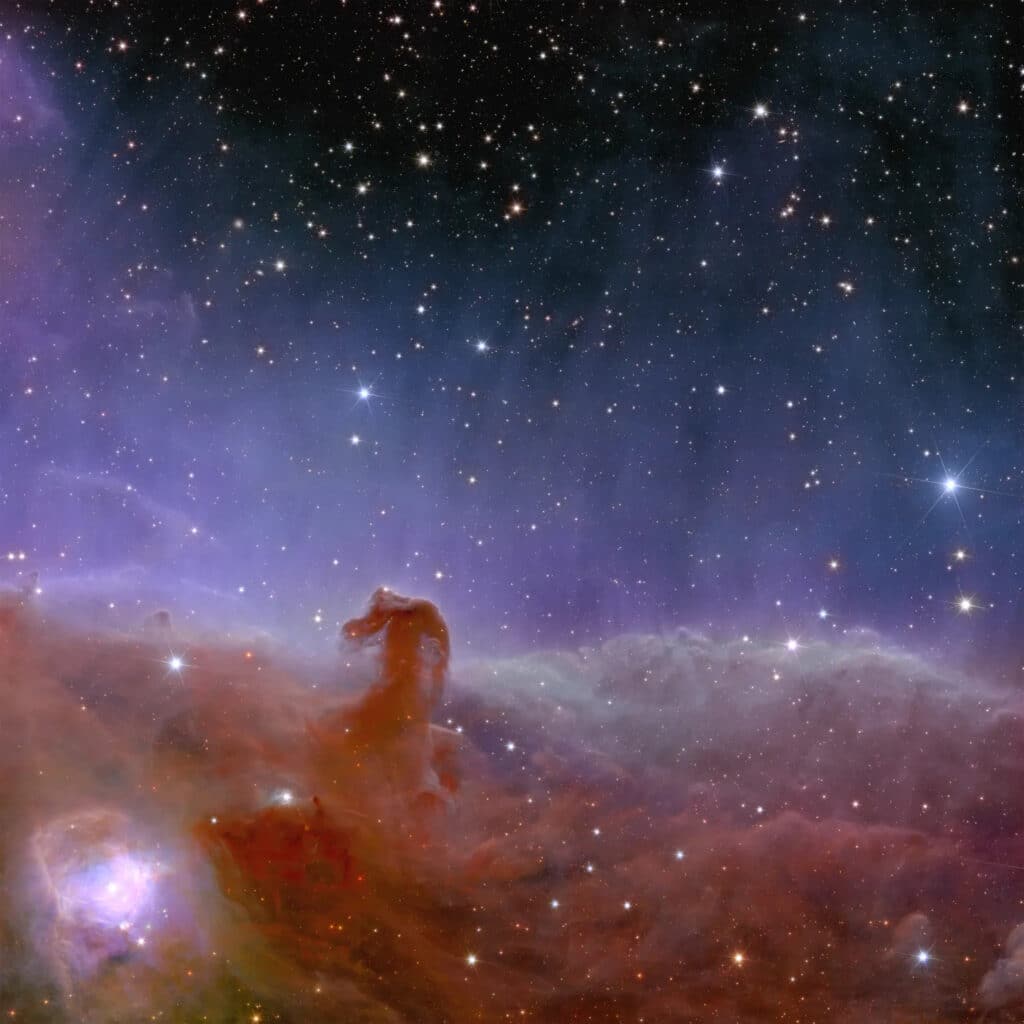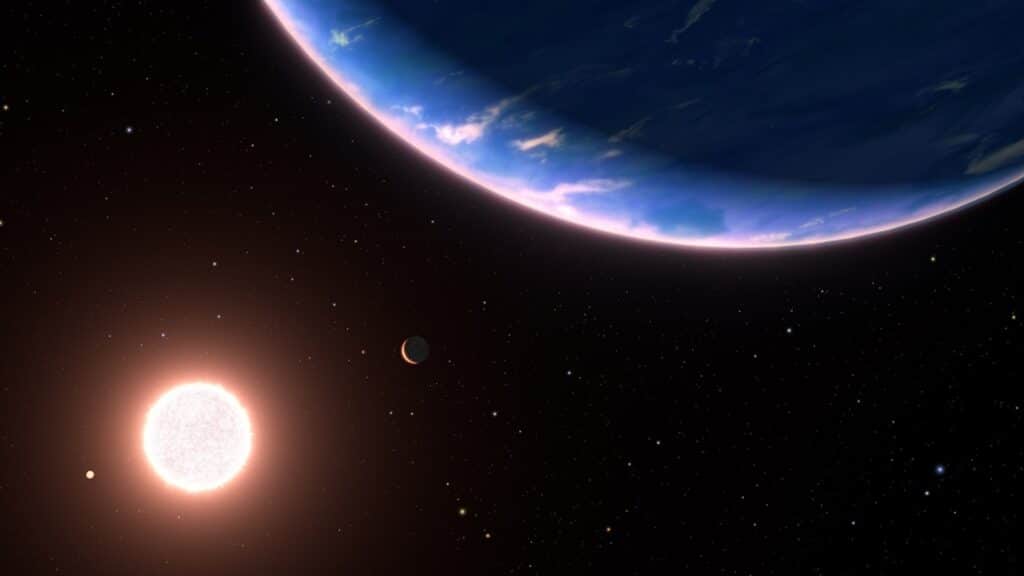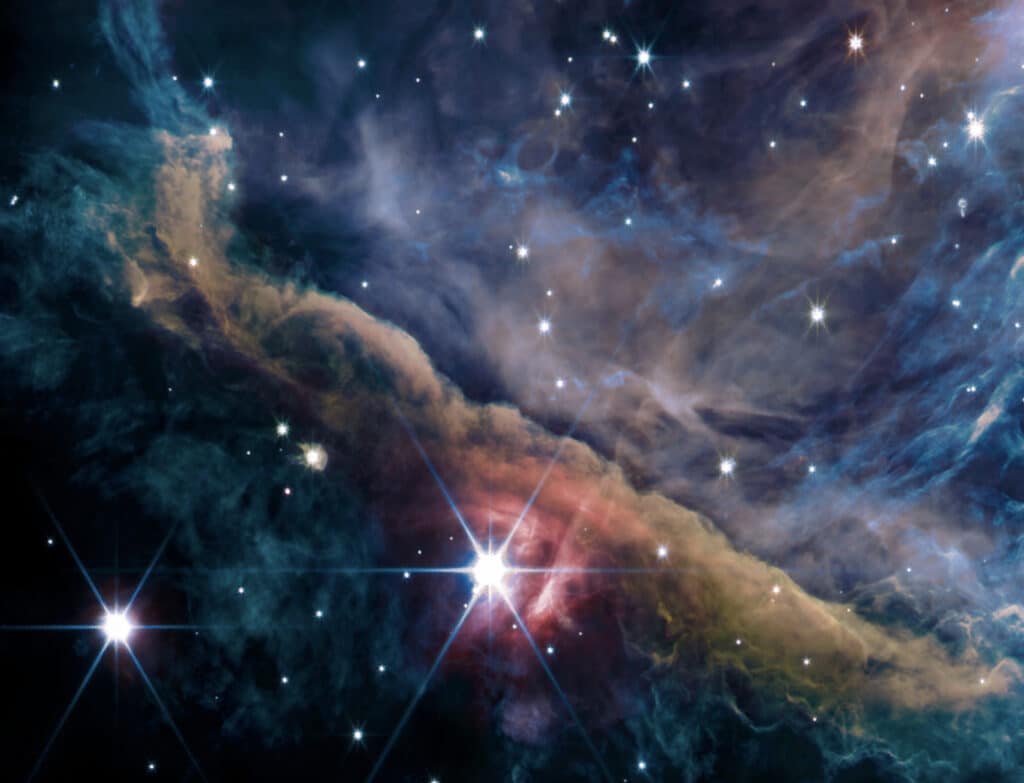How do planetary systems in our Solar System form? Scientists from the University of Cologne believe they have the answer, after making a seminal discovery in the Orion Nebula. Utilizing the unparalleled capabilities of the James Webb Space Telescope (JWST), the team studied a young protoplanetary disc named d203-506, shedding light on the crucial role that massive stars play in the development of nascent planetary systems.
The Orion Nebula, a stellar nursery teeming with the birth of stars, served as the perfect laboratory for the scientists to explore the mysteries of planetary formation.

Researchers revealed that massive stars, which are approximately ten times more massive and notably, 100,000 times more luminous than our Sun, emit intense ultraviolet radiation that significantly impacts the formation process of planets in nearby systems. This radiation can have a dual effect; it may either facilitate the formation of planets by contributing to the coalescence of material or hinder it by dispersing the critical matter needed for planet formation. Specifically, in the case of the planetary system d203-506 within the Orion Nebula, the team discovered that the overwhelming irradiation from nearby massive stars would prevent the formation of a Jupiter-like planet by scattering the essential materials before they could coalesce.
To arrive at these conclusions, researchers combined sophisticated data from the JWST with observations from the Atacama Large Millimeter Array (ALMA). This complementary data allowed them to precisely determine the physical conditions within the gas of the protoplanetary disc, revealing a rapid rate of mass loss. This rate indicates that the disc will evaporate quicker than a giant planet like Jupiter could form, underlining the detrimental impact of ultraviolet radiation from massive stars on the development of certain planetary systems.
“It is great that so many contributions from the team over the years, including the planning of the observations and the evaluation the data, are bearing fruit in the form of these results that represent a significant step forward in understanding the formation of planetary systems,” says study co-author Dr. Yoko Okada, from the University of Cologne’s Institute of Astrophysics, in a media release.

The data harvested by the JWST from the Orion Nebula has opened new frontiers in the fields of star and planet formation, as well as the evolution of the interstellar medium. As scientists continue to delve into this rich dataset, the mysteries of the cosmos are gradually unraveling, offering us a clearer picture of the intricate processes that lead to the birth of planets and, by extension, the potential for life itself across the universe.
The study is published in the journal Science.












